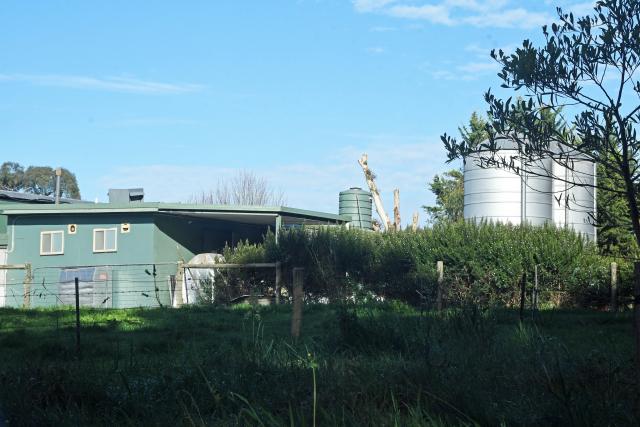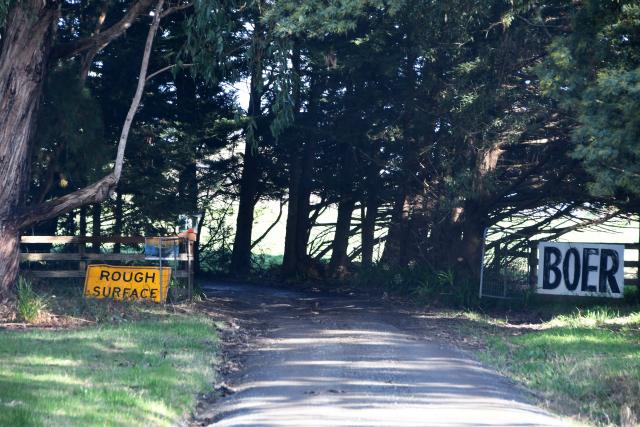
By Mikayla Van Loon
A permit approval for the expansion of a quail farm in Mount Evelyn has been overturned at VCAT after residents objected to the development.
Presiding VCAT members Michael Deidun and Colin McIntosh found the permit application for 13 Victoria Street inappropriate given the green wedge zone and rural residential categorisations of the land, as well as the off-site impacts.
“This is essentially a rural residential lifestyle location, with the odd agricultural production occurring here and there,” they said.
“The review site with a viable farming business is the exception.”
The original permit approval was granted by Yarra Ranges Council in January 2022, with the VCAT hearing taking place from 22 to 25 May this year. The final decision to refuse this permit was handed down on 16 June.
Neighbouring property owners Michael Remilton and Patrick Bates led the case to appeal the Yarra Ranges Council planning decision.
Use of the land for the ‘growing and processing of game birds’ was first issued in April 1981, with further additions approved up until 2003 when an open machinery shed, extension to the quail shed and three feed silos were granted a permit.
In 1987 the land was also subdivided into three parts, which now makes up the properties of 13, 15 and 17 Victoria Street.
The 1981 permit came with a condition that it would not affect “the amenity of the locality” either through the “processes carried on, materials, goods and machinery used or stored” or from the “emission of noise, vibration, small, fumes, smoke, vapours, steam, soot, ash, dust, waste products, grit or oil”.
“The ability for the existing quail farm to continue to achieve this condition limiting amenity impacts has been severely compromised by changes to the review site that have occurred since the grant of the 1981 planning permit,” Mr Deiden and Mr McIntosh said in the report.
Currently housing between 23,000 and 35,000 birds, with 12,000 to 15,000 layers housed, along with 15,000 to 25,000 grower birds, the extension and refurbishment of the existing shed would aim to triple that to house 120,000 quail birds.
Based on the quantity of birds intended to be housed, Mr Deiden and Mr McIntosh sought to investigate the appropriate separation of the production sheds to other existing properties.
“[Using the S Factor method] a quail farm with a chicken equivalency of around 17,912 layer birds would require a separation distance of 185 metres.
“This separation distance is to be measured from the location of the extraction fans, which we understand is to be at the eastern end of the existing and proposed sheds.
“This location is setback approximately 79 metres from the Remilton dwelling, and approximately 104 metres from the Bates dwelling for the existing shed and approximately 85 metres from the Remilton dwelling, and approximately 114 metres from the Bates dwelling for the proposed shed.”
Mr Deiden and Mr McIntosh also assessed the definition of the green wedge zoning, which under the Yarra Ranges Planning scheme states, “In a Rural Conservation Zone, Green Wedge A Zone or Green Wedge Zone land must not be used for intensive animal production, pig farm, poultry farm or poultry hatchery”.
“The proposal that is before us therefore creates an interesting planning dilemma. On the one hand, the land use is already established, and no further planning permit is required for the use of the land,” they said.
“On the other hand, the proposal that is now before us seeks permission for a significant expansion of an existing use, in a manner and a context where a range of significant off-site amenity impacts are possible.”
The Green Wedge A Zone, within the framework of the Yarra Ranges Planning Scheme, is usually applied to rural residential areas.
Despite the Green Wedge A Zone being able to provide “use of land for agriculture”, it must also “protect the amenity of existing rural living areas”.
“The proposal that is before us fails to provide anywhere near an appropriate range of setbacks to nearby dwellings. That is true of its current operations, and also of the proposed expansion that is before us,” Mr Deiden and Mr McIntosh said.
Given the exposure to an increased amount of excreting animals, evidence was provided “that a distinct smell was detected on one day up to 60 metres away from the quail shed”.
“We do not consider that a poultry farm that cannot effectively manage its off site impacts is a sustainable form of farming,” Mr Deiden and Mr McIntosh said in the report.
Although being the only quail farm in Victoria, with the current owners taking over the farm in 1998, Mr Deiden and Mr McIntosh said there was no submitted evidence of future benefit, making the growth and necessity of the expansion somewhat of an “assumption”.
“We were provided with no information about the economic outcomes that might underpin this expansion.
“That is, we were provided with no information as to whether the proposed expansion would result in an increase in employment opportunities, any benefits to the surrounding rural economy, nor whether the expansion is necessary for the viability of the business that has already been operating on the review site for around 40 years.”
Citing these reasons as the basis of their decision, Mr Deiden and Mr McIntosh did not grant a permit approval.








